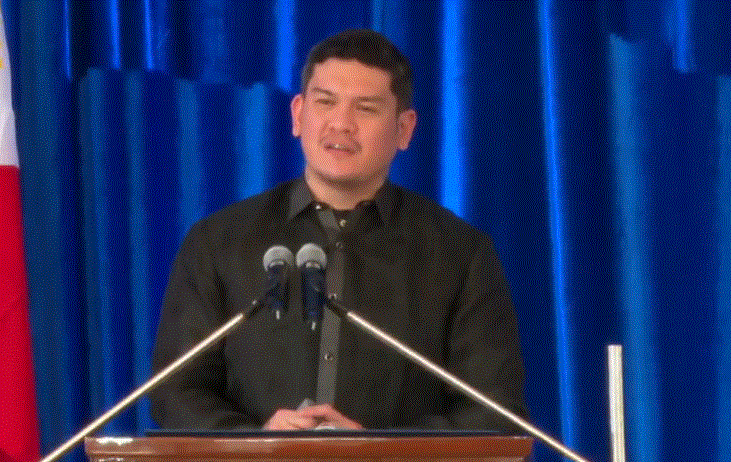At least three senators have welcomed the Philippines and the United States’ decision to designate four new sites in strategic areas to accelerate the full implementation of the Enhanced Defense Cooperation Agreement (EDCA).
Senators Francis Tolentino, Sherwin Gatchalian and Francis Escudero all believe this development would help in promoting stability in the Indo-Pacific region.
EDCA grants US troops access to designated Philippine military facilities, the right to construct facilities, and pre-position equipment, aircraft and vessels, but rules out permanent basing.
The Philippine Constitution outlaws foreign military bases in the country unless covered by a treaty.
“The expansion of EDCA is well within the bounds of such agreement and will help promote regional stability together with a long-time ally of the Philippines — the United States,” Escudero said.
For his part, Gatchalian said it is to the Philippines’ “best interest to renew and strengthen” its relations with the US, which he said is considered as one of the country’s oldest military allies.
“It balances geopolitics in the region and it is important not only for the Philippines but also in the region,” he said.
Gatchalian likewise emphasized that the Philippines’ Mutual Defense Treaty with the US will help the country in terms of interoperability not only in the military aspect but also in disaster preparedness.
In a virtual interview, Tolentino said he sees no problem with the expansion of EDCA as long as the original intent of the existing agreement is followed.
He added that there’s “nothing wrong” with th expansion despite the tensions in the West Philippine Sea.
“If you are talking of peace in the West Philippine Sea, what’s wrong with that?” Tolentino said as he explained that EDCA is part of the implementation of the Mutual Defense Treaty.
“If you are talking of the ability of our fishermen to fish in the area, what’s wrong with that? If you’re talking of the ability of our government to explore and exploit our natural resources in the area, what’s wrong with that? If you are talking about the freedom of navigation in that area, which is an international trade route, what’s wrong with that?” he said.
Asked if he sees this as a pivot of the country’s foreign policy from China to the US, Tolentino said the Duterte administration never stopped the implementation of the military pacts with America.
“Even the [Visiting Forces Agreement] was recognized by the Duterte administration. So there was probably a reinvigorated Philippine-China relationship during the previous administration but EDCA and VFA, they were implemented to the last letter during the Duterte administration,” Tolentino said.
“There is no change. The relationship with China is still there,” he added.
On Thursday, United States Defense Secretary Lloyd Austin III said the two countries have reaffirmed their commitment to the MDT during their bilateral meeting with Philippine Defense Secretary Carlito Galvez.
Likewise, Austin said they discussed actions to address these destabilizing activities in the water surrounding the Philippines including the West Philippine Sea.
Under the MDT signed in 1951, the two countries agreed that an armed attack in the Pacific Area on either the Philippines or the US would be dangerous and that they would act to meet the common dangers in accordance with its constitutional processes. –KBK, GMA Integrated News

















